Thank you for your interest in the MARC program. After 45 years, and hundreds of undergraduates trained and launched into amazing scientific careers as doctoral level scientists, the MARC program has ended. We celebrate our students and their accomplishments and will continue to seek out ways to support the highly talented and dedicated future scientists.
★ Official MARC Mentor
Unless otherwise indicated, mentors are approved for MARC and WSRTP.
Mentors
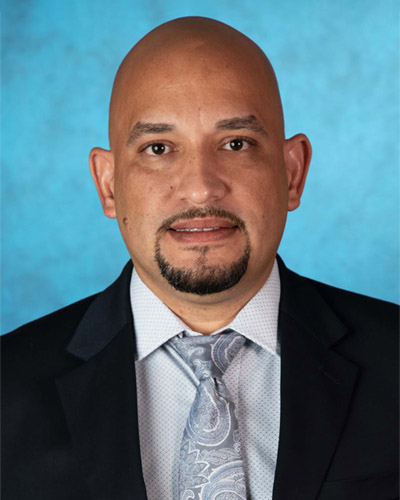
Anthony Burgos-Robles, Ph.D. ★
anthony.burgos-robles@utsa.edu
The main interest of Dr. Burgos-Robles' lab is to understand alterations on brain function by psychological stress. Using animal models, the lab uses sophisticated tools to evaluate the evolution of stress-induced alterations in the activity of discrete neural populations and circuits.
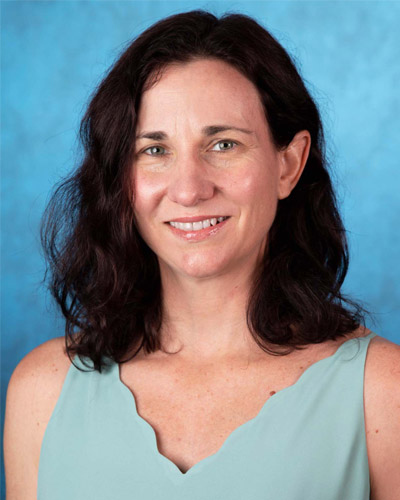
Melanie Carless, Ph.D. ★
melanie.carless@utsa.edu
Dr. Carless' research focuses on identifying genetic and epigenetic factors associated with complex diseases, and in understanding how these might contribute to disease risk, and be leveraged as potential novel therapies.
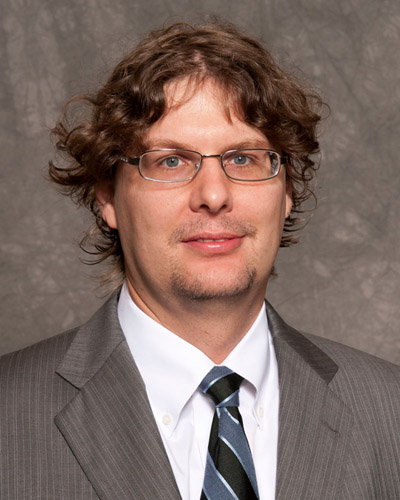
Mark Eppinger, Ph.D. ★
mark.eppinger@utsa.edu
The focus of my research is on the application of microbial genomics to address fundamental questions in emerging infectious diseases. My current interests are directed towards large-scale sequencing and phylogenomic studies investigating major public health threats, such as the causative agents of plague and cholera, Yersinia pestis and Vibrio cholerae, and the dominant cause of food-borne disease in North America, Escherichia coli O157:H7. Experimental approaches include Microbial Genome Sequencing, Phylogenomics, and Pathogenicity.
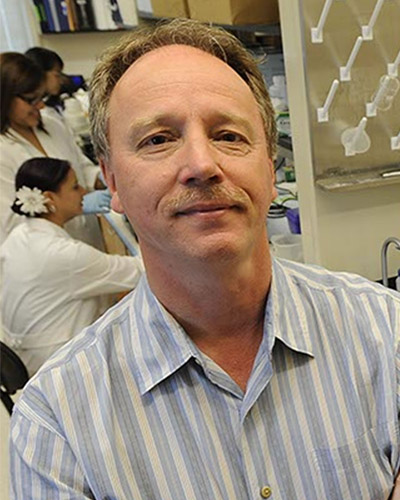
Thomas Forsthuber, M.D., Ph.D. ★
thomas.forsthuber@utsa.edu
Cellular immunology, T cell immunity, autoimmune diseases: The immune system plays a fundamental role in the defense against microbial pathogens. However, erroneous activation of the immune system can lead to autoimmune diseases. This laboratory pursues several lines of investigation to understand how T cells contribute to autoimmune diseases and protection from infection, and how to modulate T cell immunity for therapeutic purposes in humans.
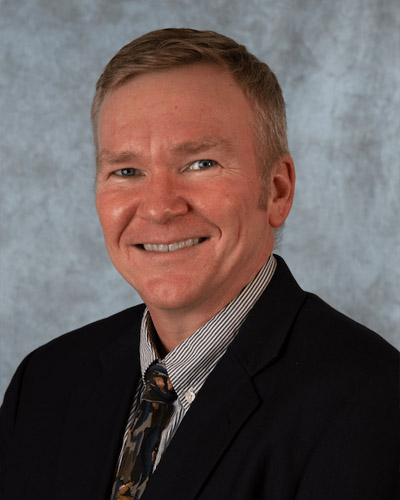
Chris Gamblin, Ph.D. ★
truman.gamblin@utsa.edu
The Gamblin laboratory studies the mechanisms that lead to the polymerization of the microtubule-associated protein tau. Tau is a protein that is important in neuronal function, but can misfold and aggregate into pathological structures that accumulate in neurodegenerative disorders such as Alzheimer's disease.
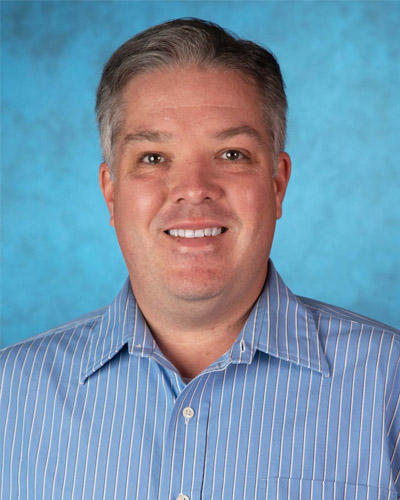
Brian Hermann, Ph.D. ★
brian.hermann@utsa.edu
Student projects in my lab will revolve around cell-fate decisions in Spermatogonial Stem Cells (SSC). SSCs are adult-tissue stem cells in the mammalian testis that balance self renewing and differentiating fate decisions to give rise to and sustain the entire spermatogenic lineage. The molecular mechanisms that control these fate decisions in SSCs are largely unknown transcriptional programs critical for SSC function. We are testing the hypothesis that specific transcription factors form regulatory networks to execute gene expression programs important for SSC fate decisions (self-renewal and differentiation), and ultimately, spermatogenesis. My laboratory also studies fertility preservation in male cancer patients.
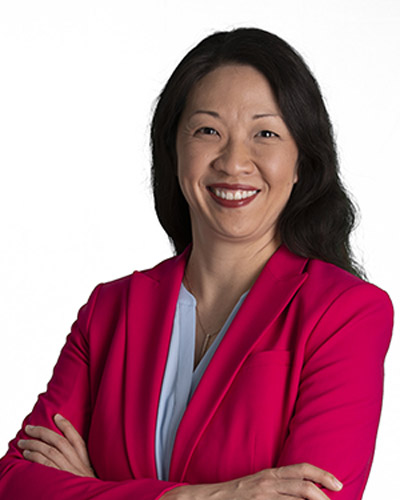
Jenny Hsieh, Ph.D. ★
jenny.hsieh@utsa.edu
The Hsieh laboratory is a neural stem cell biology laboratory that focuses on 4 major areas: (1) epilepsy-in-a-dish, (2) 3D cerebral organoids, (3) patient recruitment, and (4) mechanisms of adult neurogenesis.
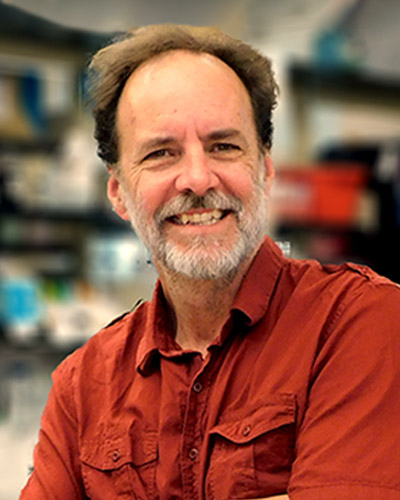
Karl Klose, Ph.D.
karl.klose@utsa.edu
Research is focused on studying the molecular mechanisms involved in the pathogenesis of Vibrio cholerae, the bacterium that causes cholera, and Francisella tularensis, the bacterium that causes tularemia. Another area of interest is the study of pathogenic mechanisms of Francisella tularensis, a potential bioweapon, with particular interest in determining how this bacterium evades killing within host macrophages. The ultimate goal is the development of novel vaccines and therapeutics against this disease.
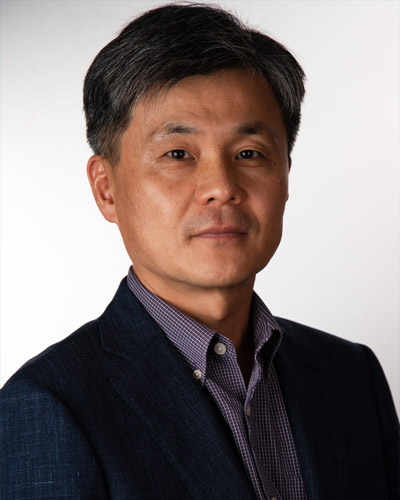
Hyoung-gon Lee, Ph.D. ★
hyoung-gon.lee@utsa.edu
Dr. Lee's research is focused mainly on the understanding of the pathological mechanism(s) underlying the selective neurodegeneration in Alzheimer disease (AD) and other neurodegenerative diseases.
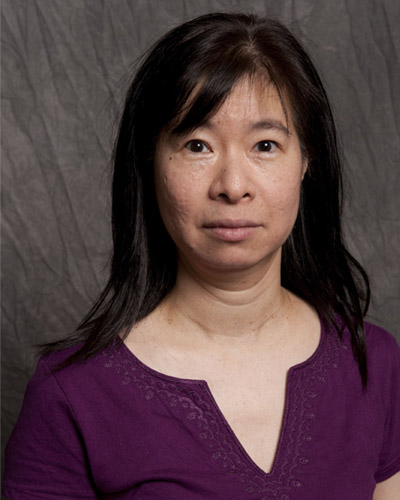
Annie Lin, Ph.D. (WSRTP only)
annie.lin@utsa.edu
Dr. Lin's research is focused on the stem cell and cancer biology, which have potential implications for translational significance for treatment and prevention of diseases.
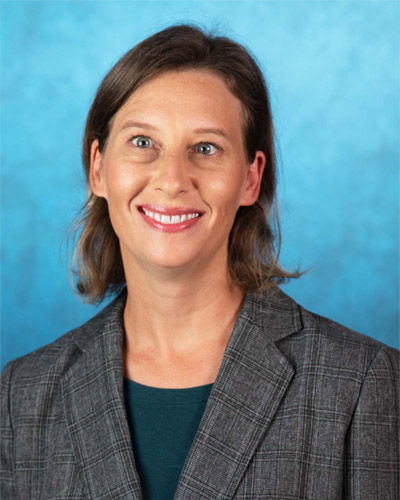
Lindsey Macpherson, Ph.D. ★
lindsey.macpherson@utsa.edu
Our lab is interested in investigating the sense of taste and the molecules, cells, and circuits involved in chemosensation from the tongue and gut to the brain. We are interested in understanding how this gustatory circuit is organized at the cellular and molecular level and we aim to identify the cells and signaling mechanisms necessary for this gut-brain communication.
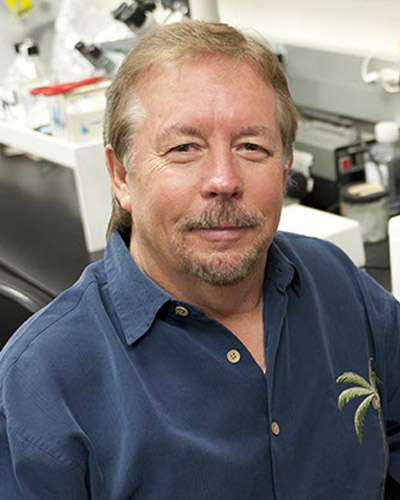
John McCarrey, Ph.D. (WSRTP only)
john.mccarrey@utsa.edu
Research in my laboratory is centered on the development, differentiation, and manipulation of mammalian germ cells - the cells that form the gametes (sperm in males and eggs in females). Our primary experimental system is the mouse; however, we also conduct studies in baboons, opossums, and other mammalian species. We are interested in 1) differential gene expression in germ cells and the mechanisms that regulate this; 2) X-chromosome activity and inactivity in germ cells; 3) genomic imprinting and how this becomes established during gametogenesis; 4) animal cloning and abnormalities this process may induce in genetic and epigenetic programming mechanisms; and 5) manipulation of germ cells from baboons to generate transgenic non-human primates.
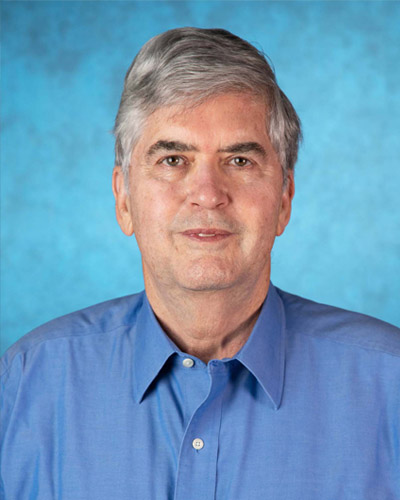
George Perry, Ph.D. ★
george.perry@utsa.edu
Dr. Perry's studies are focused on the mechanism of formation and physiological consequences of the cytopathology of Alzheimer disease. They are working to determine the sequence of events leading to neuronal oxidative damage and the source of the increased oxygen radicals.
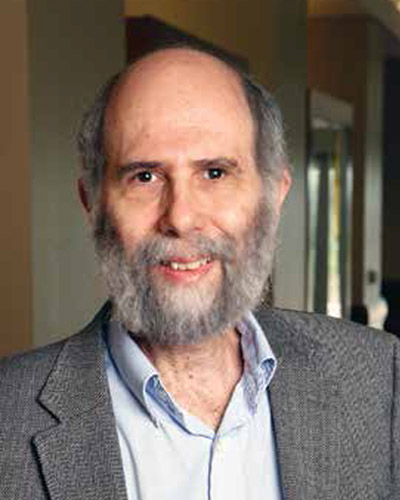
Robert Renthal, Ph.D. ★
robert.renthal@utsa.edu
Research focus includes: 1) Insect sensory reception: How is information stored and transferred by social insects? Ant colonies are considered to be prime examples of "self-organizing" systems. This idea is being tested by examining the mechanisms of pheromone signaling by ants, using methods ranging from proteomic analysis and electron microscopy of ant brains to studies of whole colony behavior; and 2) Cell membrane assembly: How are integral membrane proteins assembled in lipid bilayers? Using biophysical and genetic methods, studies are involved in association and folding of model transmembrane peptides and integral membrane proteins.
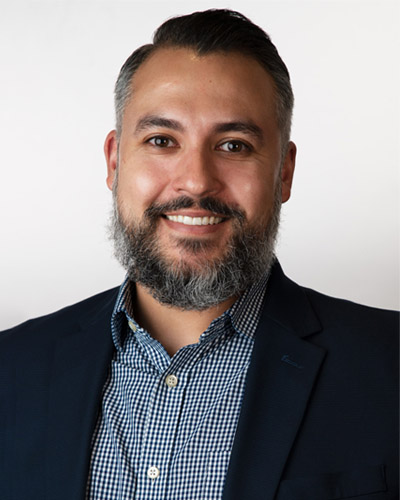
Jesús A. Romo
jesus.romo@utsa.edu
Dr. Romo’s research is focused on characterizing the role and impact of fungal colonizers in the mammalian gastrointestinal tract during infection by bacterial pathogens. Of particular interest is trans-kingdom interactions between fungi, bacteria, and their host.
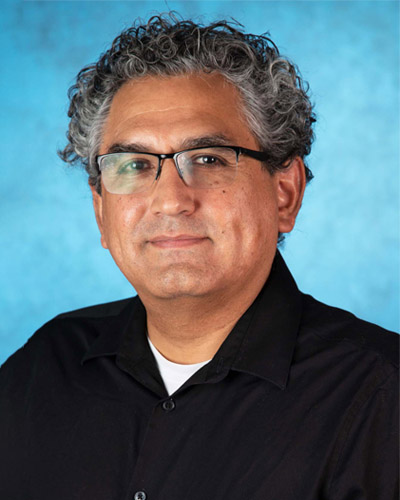
Fidel Santamaria, Ph.D. ★
fidel.santamaria@utsa.edu
Dr. Sanatmaria has two main lines of research: 1) to understand how the cerebellum processes and stores information, and 2) understanding how the engram, the physical foundation of memory, is implemented by the interaction of processes spanning multiple scales of biological organization, from molecules to neuronal networks.
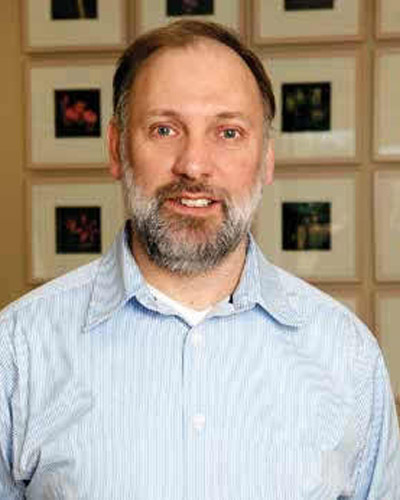
Stephen Saville, Ph.D. (WSRTP only)
stephen.saville@utsa.edu
Primary studies the opportunistic pathogenic fungus Candida albicans. C. albicans is part of the normal human microbiota but it is also capable of causing disease (candidiasis), both superficial and severe, in an expanding population of immunosuppressed patients. Some of the highlights of this research program are: i) the role of morphogenetic conversions (shape changes) in the pathogenesis of candidiasis, ii) analysis of global gene expression changes during infection and iii) high throughput screening of small molecule libraries in an attempt to identify potential new therapeutic agents for candidiasis.
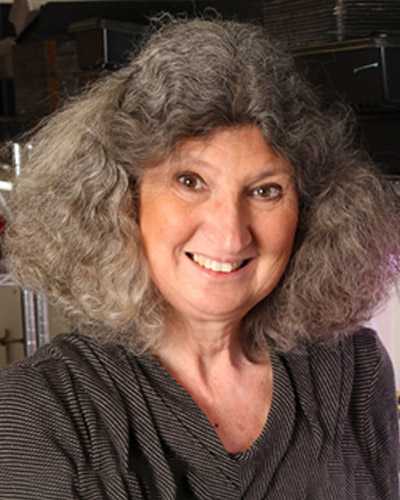
Valerie Sponsel, Ph.D. (WSRTP only)
valerie.sponsel@utsa.edu
Research looks at growth and development in the model plant Arabidopsis thaliana, which is easy to grow, has a short life cycle, has a small genome, and produces thousands of seeds per plant. By making genetic mutants of Arabidopsis we are able to select for mutant plants in which processes that are known to be controlled by gibberellins are altered. An investigation into which biochemical processes have been altered or perturbed in a mutant can lead to a clearer understanding of how those processes operate in wild-type individuals. In turn this information may be use to determine how plant growth or development could be manipulated in a specific manner to improve crop productivity and yield.
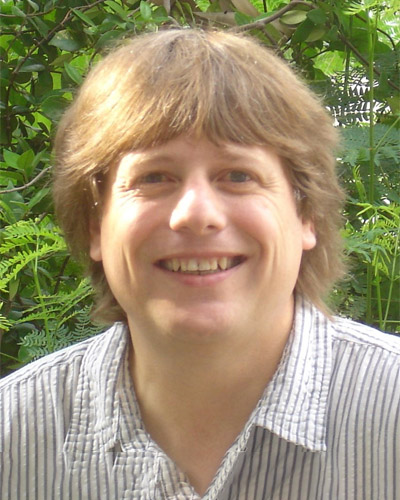
Todd Troyer, Ph.D. (WSRTP only)
todd.troyer@utsa.edu
Dr. Troyer's research focuses on understanding the neural mechanisms underlying complex temporal behavior. Research activity is centered around two major projects: 1) Behavioral analysis and computational modeling of vocal development in songbirds. Goals: to collect and analyze a large database of song collected from juvenile bird and to construct computational models of song learning; and 2) Use of theory and modeling to explore temporal (timed) coding in neurons and explore the possibility that neural circuits used interacting encoding schemes operating on different time scales to multiplex information.
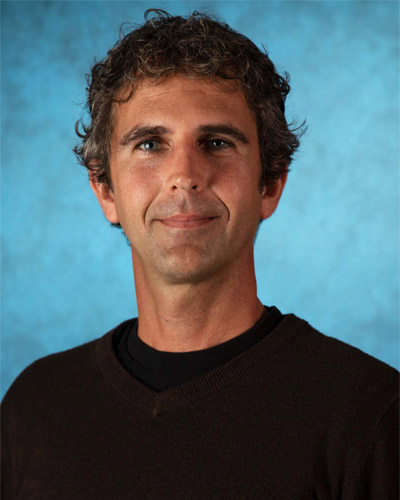
Matthew Wanat, Ph.D. ★
matthew.wanat@utsa.edu
Research examines the neurobiology mediating motivated behavior, with a particular focus on the role of the neurotransmitter dopamine in these processes. Research approach utilizes a number of experimental techniques including electrophysiology, voltammetry, pharmacology, and behavioral manipulations.
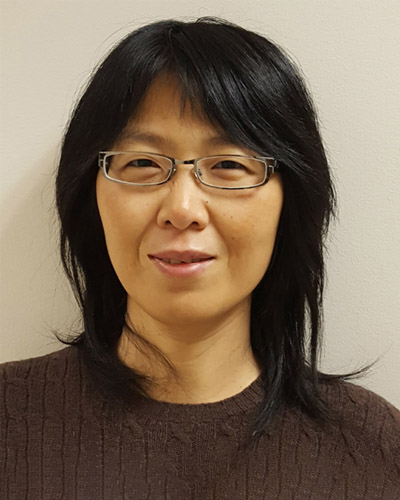
Yufeng Wang, Ph.D. ★
yufeng.wang@utsa.edu
Research focuses on the comparative genomics, molecular evolution, and population genetics of gene families. Approaches range from the use of cutting edge bioinformatic and genomic tools, to statistical modeling and analysis based on evolution and population genetics theory. Interest is in (1) the evolutionary mechanisms and population genetics of infectious diseases; and (2) the molecular evolution of vertebrate gene families, with a particular emphasis on the age distribution and functional divergence of duplicated genes, which are believed to provide the raw material for functional novelty in higher eukaryotes.
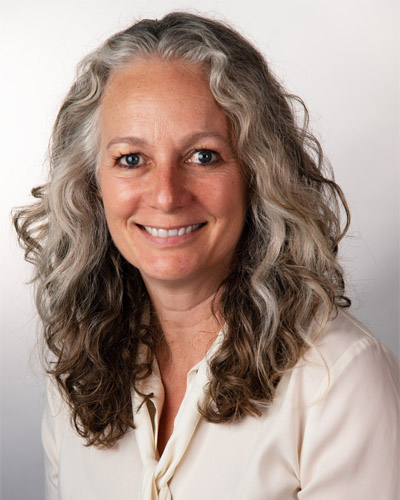
Nicole Wicha, Ph.D. ★
nicole.wicha@utsa.edu
Research focuses on understanding how the brain processes language in real time using both behavioral and brain-imaging techniques, in particular event-related brain potentials (ERPs), which is a non-invasive direct measure of electrical brain activity with excellent precision in the time domain. These techniques to study the brain processes underlying language comprehension, such as how the monolingual brain comprehends written and spoken sentences, and when and how different sources of linguistic information (e.g., grammar and word meaning) affect our ability to understand an utterance.

Charles Wilson, Ph.D. (WSRTP only)
charles.wilson@utsa.edu
Dr. Wilson's lab studies the circuitry and neurons of the basal ganglia, with the goal of understanding the computational function of these structures at the cellular level, and their dysfunction in diseases, especially Parkinson's Disease. Their experiments are focused on the ionic mechanisms that endow each cell type with its characteristic responses to synaptic input, the patterns of connectivity that deliver specific inputs to each cell, and the dynamics that arise from the combination of these.
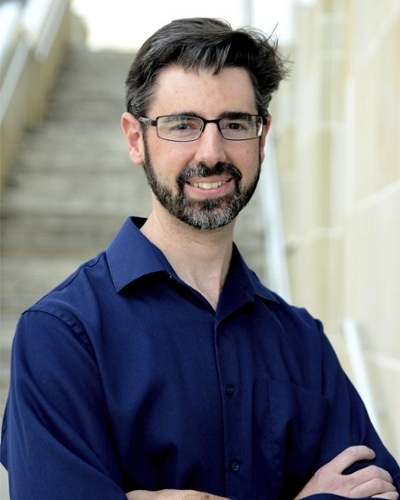
Mark Appleford, Ph.D. ★
mark.appleford@utsa.edu
The focus of my research is to examine bone cell interactions with biomaterials and to study the pathways of cell differentiation into mature tissues. To clarify cell-biomaterial interactions we examine the integrin receptor activity of cells during their first contact with a biomaterial. Sub-cellular signaling pathways have been identified to track key players such as the stress activated protein kinases (SAPK), viability markers such as P38 and differentiation gene transcription factor RUNX2. By following pathways from outside the cell, through internal protein signaling and finally to the production of specific proteins by the cell, we can help explain the mechanisms responsible for implant rejection or successful long-term integration.

Rena Bizios, Ph.D. (WSRTP only)
rena.bizios@utsa.edu
Research activities of my laboratory have focused on cellular and tissue engineering, tissue regeneration, biomaterials (including nanostructured ones), mechanisms of cellular responses to stimuli (chemical, mechanical, magnetic, electrical), and biocompatibility (specifically, cell/biomaterial interactions). For this purpose, information and insight that have become available through recent advances in a number of disciplines such as cellular/molecular biology, biochemistry, materials science, etc., has been utilized. Examples of such endeavors include: modification of material surfaces with immobilized, bioactive compounds such as select adhesive peptides; micropatterning of material surfaces in order to direct and control subsequent adhesion of specific cell lines in designated domains; and novel material formulations (specifically, nanoceramics and nanocomposites) with unique biocompatibility and/or improved mechanical and electrical properties. Cellular, in vitro models have been used to evaluate the cytocompatibility of these constructs and to determine the chemical conditions and biophysical (specifically, pressure, electric and magnetic) stimuli needed to promote neotissue growth. This research exemplifies alternative strategies and novel approaches of great potential for tissue regeneration purposes in tissue engineering and other biomedical applications.
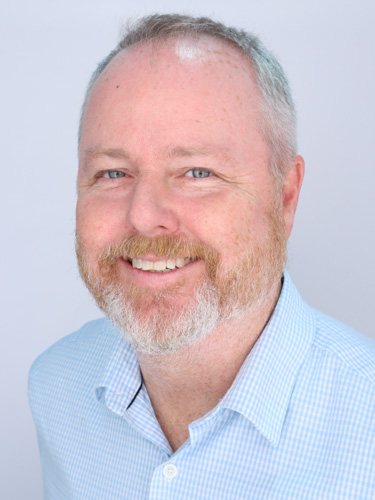
Eric Brey, Ph.D. ★
eric.brey@utsa.edu
My laboratory is focused on the fields of tissue engineering and regenerative medicine through a control and evaluation of vascularized tissue formation. We have expertise in biomaterials, tissue engineering, imaging and vascular biology.
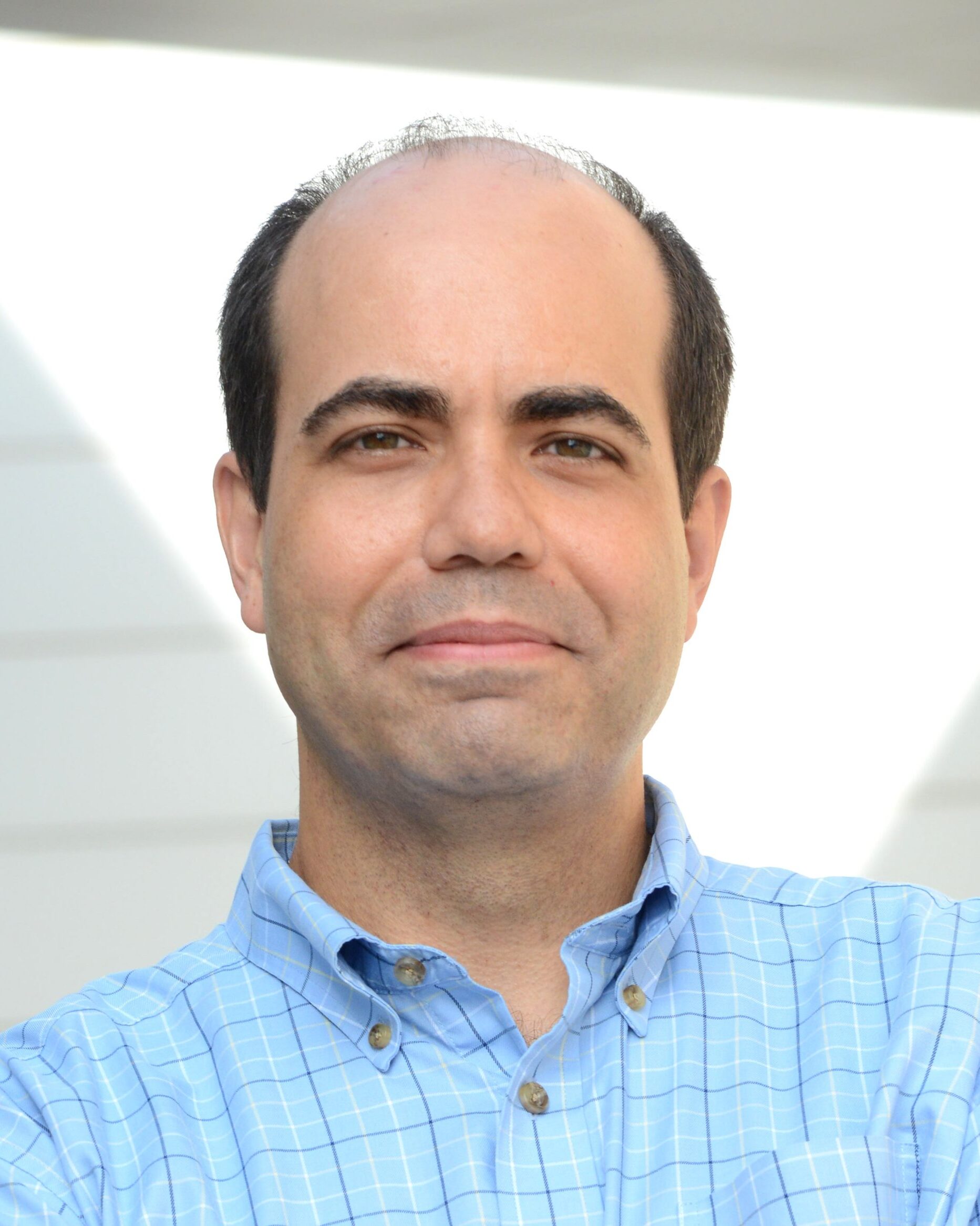
Ender Finol, Ph.D. (WSRTP only)
ender.finol@utsa.edu
In my Vascular Biomechanics and Biofluids Laboratory (VBBL), we investigate the dynamics of blood flow and its relationship with disease. The ability to model biological flow systems experimentally and numerically is now an important component to fundamental research of vascular disease. It is of great interest to both clinical researchers and bioengineers to gain a better understanding of the dynamics of flow-induced parameters in arterial geometries under diverse flow conditions. Image-based modeling techniques and numerical methods can provide quantification of flow and structural variables for select regions of interest. The current research projects at VBBL can be broadly classified in the areas of (1) computational biomechanics, and (2) design and optimization of medical devices. The ultimate goal of this research is to optimize the treatment options of vascular diseases and design better medical devices for these options.
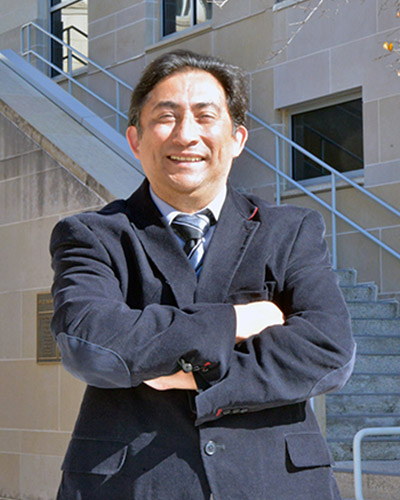
Mario Flores, Ph.D. ★
mario.flores@utsa.edu
My present research focus in the computational biology study of virus-cells interactions. For this we utilize single-cell and bulk technologies, Deep Learning algorithms. comparative genomics, Bayesian statistics, multiple sequence alignments, libraries of transcription factor binding sites, sequence pattern recognition techniques, dynamic programming, population genetics, and transgenic animal experimentation.
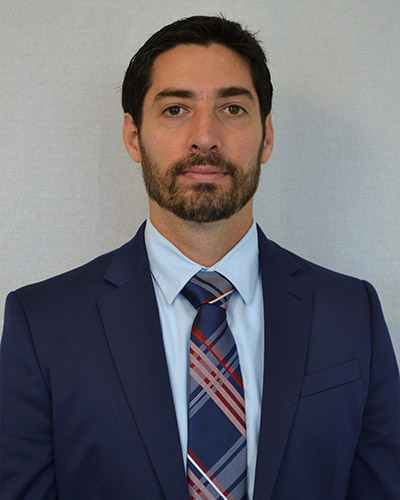
Hugo Giambini, Ph.D. ★
hugo.giambini@utsa.edu
My current research addresses the mechanical and biomechanical factors influencing hard and soft tissue integrity and performance, as well as non-invasive tissue assessment and modeling using medical imaging. My research interests lie in using biomechanics and imaging tools to improve predictive methods and better understand pathogenesis of musculoskeletal conditions. The long-term goal of my research is to develop clinical tools to enable earlier diagnosis, prescribe effective interventions, and assess outcomes for individuals with musculoskeletal disorders.
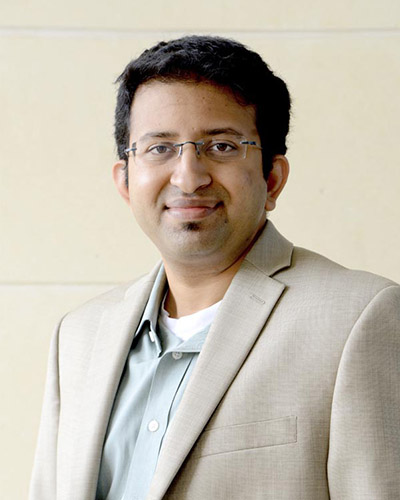
Teja Guda, Ph.D. ★
teja.guda@utsa.edu
My current interests are focused on developing regenerative strategies for musculo-skeletal tissue engineering. On-going projects focus on bio-printing of tissues, drug delivery technology and the development of bioreactors for stimulating tissue regeneration.
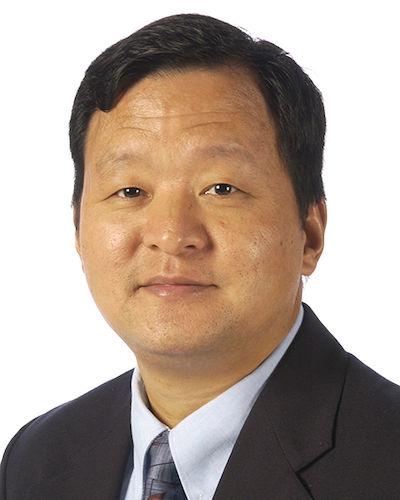
Hai-Chao Han, Ph.D. (WSRTP only)
haichao.han@utsa.edu
Research goals are to establish a biomechanical model of artery buckling and to determine the role of mechanical factors in artery buckling. The research objectives are to establish biomechanical models for three common forms of artery buckling under blood pressure and axial elongation. Both theoretical model analysis and experimental measurement approaches will be used to determine the critical loads that lead to arterial buckling including the critical internal blood pressure, axial elongation, and twist angle. The effect of arterial diameter, length, wall thickness, material nonlinearity, and initial curvature on artery buckling will be evaluated. Model predictions will be compared to experiment results using porcine arteries and veins.
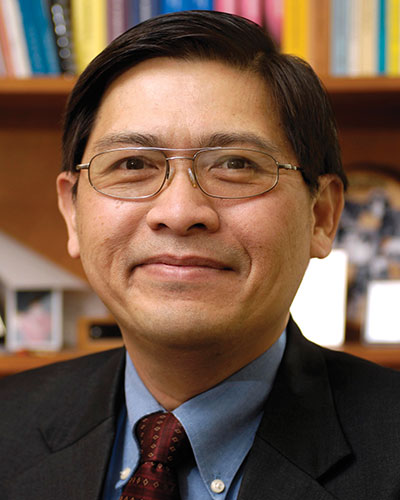
Joo Ong, Ph.D. (WSRTP only)
anson.ong@utsa.edu
Research is focused two main projects related to calcium phosphate ceramics for use in medicine: 1) research on repairing bone defects as a result of orthopedic trauma. Projects involved have included modifications of scaffold architecture and the evaluation of bone responses to optimized scaffold properties; and 2) to better understand the biological basis for successful orthopedic and dental implant therapy by elucidating the phenomena that govern osseointegration. Central to achieving this goal is the need to understand the mechanisms which control early responses of bone cells, both at implant surfaces and in the micro-environment associated with the cell-implant interface.
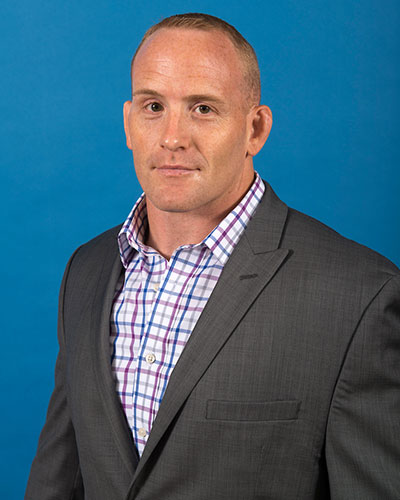
Christopher Rathbone, Ph.D. ★
chris.rathbone@utsa.edu
I am interested in improving the regeneration of tissue by utilizing tissue-engineering based strategies whereby vascular structures and stem cells are used in conjunction with scaffolds and growth factors.

Xiaodu Wang, Ph.D. (WSRTP only)
xiaodu.wang@utsa.edu
Current research focus is to explore whether the bone remodeling process is one of mechanisms of introducing age-related changes in the collagen network. Moreover, it is attempted to examine whether such changes contribute to the decreased toughness of aged bone. To address these issues, secondary osteon and interstitial bone specimens will be directly tested so that effects of bone remodeling on the molecular, microstructural, ultrastructural, and mechanical properties of bone in these regions can be studied individual. Recent developments include techniques and approaches to perform the experiments required for testing bone specimens from secondary osteons and interstitial bone regions.
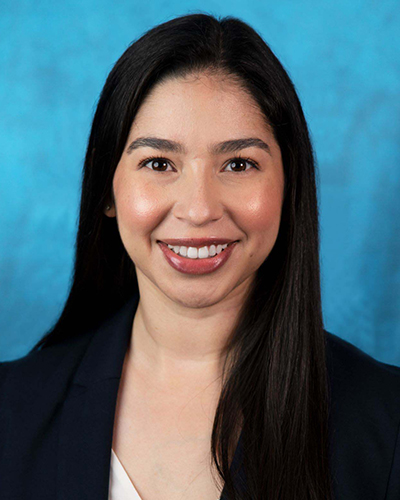
Marissa Wechsler, Ph.D. ★
marissa.wechsler@utsa.edu
Areas of research interest include soft biomaterials, biosensing, drug delivery, nanotechnology, and cell and tissue engineering.
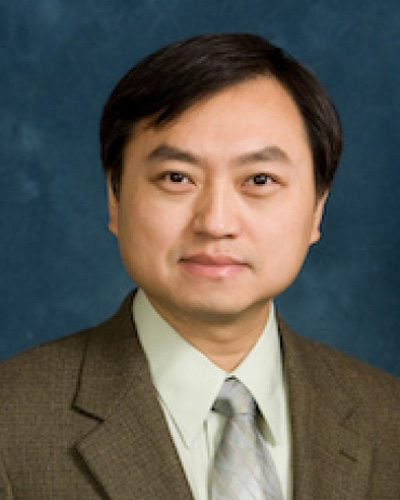
Jing Yong Ye, Ph.D. ★
jingyong.ye@utsa.edu
Dr. Ye's research covers a wide range of areas in biomedical optics and nanobiotechnology, with special emphasis on the development of cutting-edge ultrasensitive and ultrafast laser-based detection techniques and methodologies to address critical issues at the frontier of biomedical science and technology. His research activities involve: 1) ultrafast laser interaction with nanoparticle targeted cancer cells, 2) in vivo fiber-optic biosensing and imaging of multifunctional nano-devices for drug delivery, 3) fiber scanning multiphoton microscopy, 4) photonic crystal biomolecular assay, 5) novel optoacoustic sensor development, 6) in vivo two-photon flow cytometry, 7) adaptive optical aberration correction in confocal microscopy, and 8) single-molecule fluorescence imaging and spectroscopy.
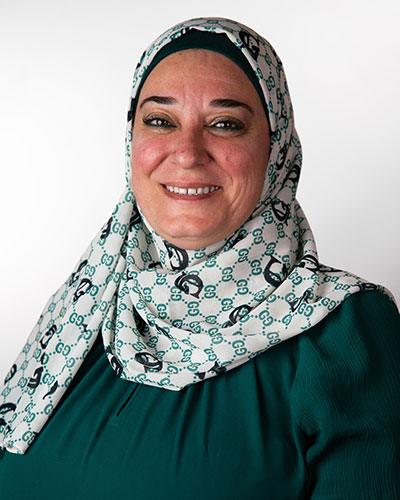
Nehal Abu-Lail, Ph.D. ★
nehal.abu-lail@utsa.edu
My research program is focused on fundamental understanding of how cells interact with surfaces and respond to stresses within their environments. We are interested in prokaryotic as well as eukaryotic cells. While some of our projects are standalone projects of our lab, the majority of them represent interdisciplinary collaborative efforts with other groups.

Gabriela Romero Uribe, Ph.D. ★
gabrielaromero.uribe@utsa.edu
Our research group focuses on developing exclusive, powerful nanomaterials systems to manipulate cellular signals and behaviors. We engineer stimuli-responsive soft matter and biocompatible nanomaterials for their applications in drug delivery.
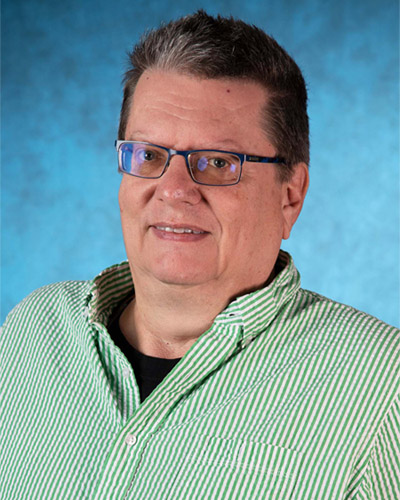
Stephan Bach, Ph.D. (WSRTP only)
stephen.bach@utsa.edu
Mass spectrometry has critical applications in a wide variety of diverse scientific disciplines. It is the analytical engine that powers proteomics, drug discovery, and environmental assessment, to name a few. Our interests are focused on several unique and challenging areas. The aqueous chemistry of transition metal complexes (cis-platin derivatives), developing analytical methods for small molecules of medical interests (anti-inflammatory and anti-oxidants), using mass spectrometry for assessing fate and transport of pollutants, and developing methods for using laser desorption techniques coupled to time-of-flight mass spectrometry for the rapid screening of small molecules.
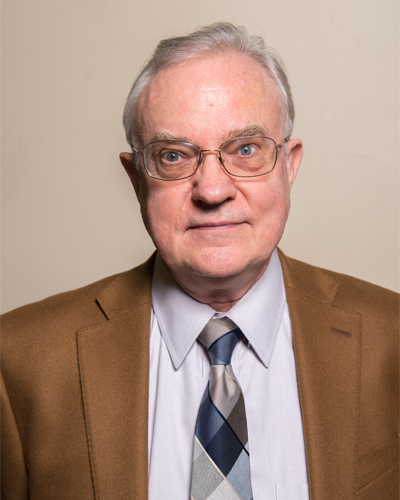
Walter Ermler, Ph.D. (WSRTP only)
walter.ermler@utsa.edu
Research efforts encompass the disciplines of chemistry, physics, materials science, and computational science, including the electronic structures and spectra of metal and semi-conductor clusters, molecules and complexes comprised of heavy elements, vibrational analysis, polymer/surface interactions, radiative processes, and surface phenomena. Large scale computing, code development, and code implementation are ongoing.
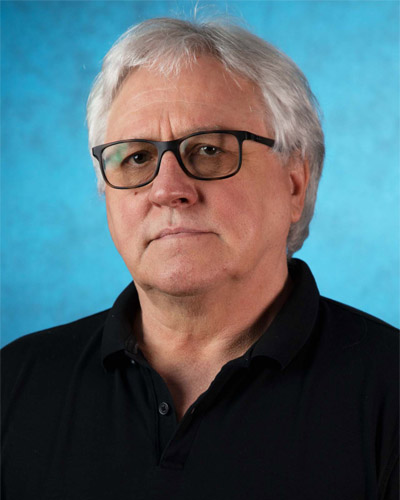
Waldemar Gorski, Ph.D. (WSRTP only)
waldemar.gorski@utsa.edu
Research focus includes 1) Electroanalysis: development of electrochemical sensors and biosensors for biologically important molecules. In particular, development of sensitive electrochemical sensors for hormone insulin and new amperometric biosensors based on the immobilized oxidase enzymes for glucose, lactate, and glutamate; and 2) Electrocatalysis: preparation and characterization of inorganic catalytic surfaces for the development of a variety of electrochemical devices such as sensors, biosensors, biological fuel cells, and clean chemical reactors. The focus here is on the design of multicomponent inorganic systems displaying synergistic effects.
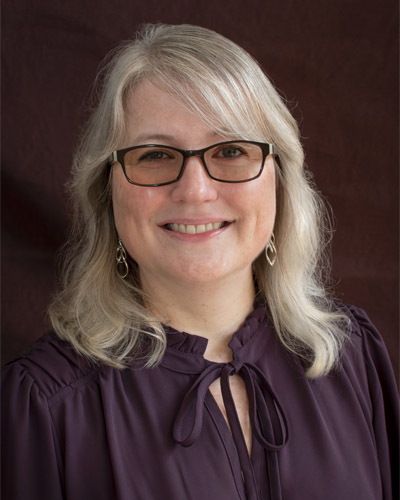
Audrey Lamb, Ph.D. ★
audrey.lamb@utsa.edu
The focus of our lab is to understand how bacterial pathogens make the molecules that they need to survive and infect humans. In particular, we study the production of metallophores for metal acquisition, and the biosynthesis of riboflavin (vitamin B2).

Oleg Larionov, Ph.D. (WSRTP only)
oleg.larionov@utsa.edu
The research in my group spans methodology and complex molecule synthesis. In this context, the development of novel selective and efficient reactions will be followed by their implementation in the total synthesis of biologically active natural products and analogs, with a special focus on compounds targeting cancer. In our search for new reactions we strive to develop catalytic and generally applicable processes with potential to streamline present day synthetic approaches and solve their long-standing problems. In total synthesis we accentuate brevity, efficiency and flexibility in generation of molecular complexity.

Stanton McHardy, Ph.D. ★
stanton.mchardy@utsa.edu
Dr. McHardy's lab is focused on medicinal chemistry research in the design, synthesis and development of small molecule compounds across multiple therapeutic disease areas.
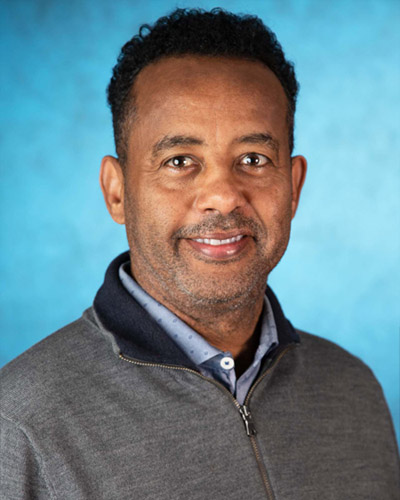
Ghezai Musie, Ph.D. (WSRTP only)
ghezai.musie@utsa.edu
The primary research interest revolves around understanding the role transition metal ions play in small molecule recognition and catalysis in biological systems. Our efforts have been focused on the design, synthesis, and characterization of metal complexes as synthetic models for active sites of metalloenzymes involved in carbohydrate recognition, CO2 activation, and hydrolysis of phosphoester bonds.

Kirk Schanze, Ph.D. ★
kirk.schanze@utsa.edu
Research in the Schanze Lab is focused on the interaction of light with small molecules, polymers, and materials. We have an interest in photochemical and photophysical processes that are stimulated when molecular systems absorb light. Most of our current work centers on studies that explore the phenomenon of luminescence (light emission).
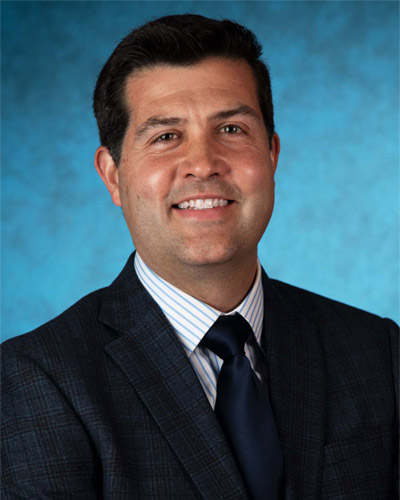
Zachary Tonzetich, Ph.D. ★
zachary.tonzetich@utsa.edu
Research activities in my laboratory are concerned with the synthesis, characterization, and reactivity of new transition-metal containing molecules relevant to catalysis and biomimetic chemistry. We are particularly interested in the chemistry of alkyl complexes of Mn, Fe, and Co, as these compounds occupy a unique place at the interface of traditional organometallic molecules that obey the 18-electron rule, and classical coordination complexes that tend to display various spin states.
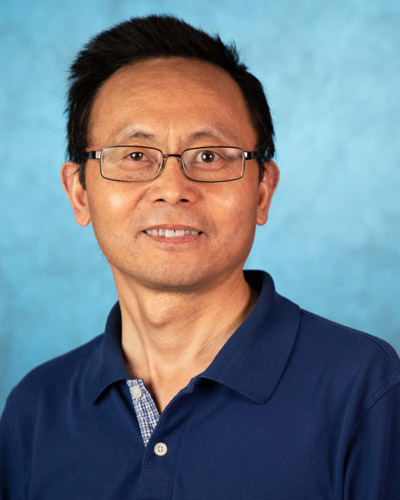
John Zhao, Ph.D. (WSRTP only)
cong.zhao@utsa.edu
Research focus includes: 1) Asymmetric synthesis and reactions: Design and synthesis of new chiral ligands for asymmetric epoxidations, C-H oxidations and episulfidations, and application of these new methodologies in asymmetric synthesis; 2) Small ring compounds: Synthesis and reactions of dioxiranes, cyclopropanes, episulfides, oxaziridinium salts and organometallic peroxo complexes; 3) Oxidation: Novel asymmetric oxidations with dioxiranes, oxaziridinium salts and MTO; and 4) Phosphorus chemistry: Application of cyclopropyl phosphine oxides in the synthesis of heterocyclic nature products.
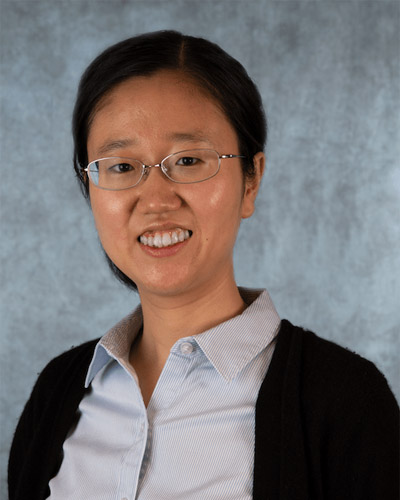
Zhuolin Qu, Ph.D. ★
zhuolin.qu@utsa.edu
I am an Applied Mathematician working in mathematical biology and have particular interests in the mathematical modeling of infectious diseases, computational epidemiology, dynamical systems, and numerical methods for partial differential equations.
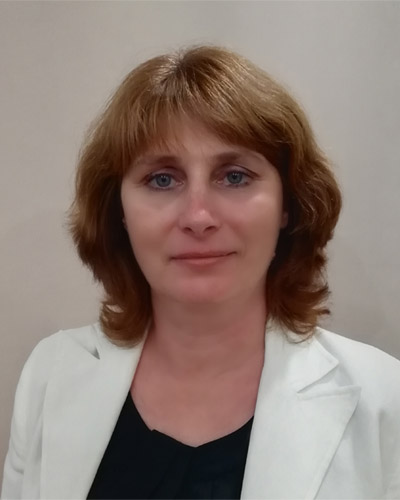
Ivanka Stamova, Ph.D. ★
ivanka.stamova@utsa.edu
Dr. Stamova's research interests lie in the area of mathematical modeling and analysis using nonlinear systems, stability, and control theories with an emphasis on problems related to neural networks, biological models, models in the population dynamics, and models in economics.
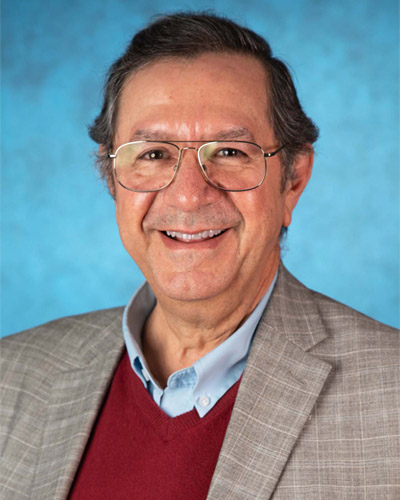
Arturo Ayón, Ph.D. ★
arturo.ayon@utsa.edu@utsa.edu
Areas of research include high-efficiency photovoltaics, down-shifting quantum dots, metallic nanoparticles and their plasmonic effects, drug eluting bio-absorbable stents, sensor arrays, power generation from wearable fabrics, hyperlenses, metamaterials, chemical sensors and micro-chemical reactors on robotic platforms, microactuators for radar applications, printable electronics, nanotechnology, CMOS-compatible microwave varactors, among others. Intellectual property generation and the fabrication and characterization of laboratory prototypes are strongly emphasized.
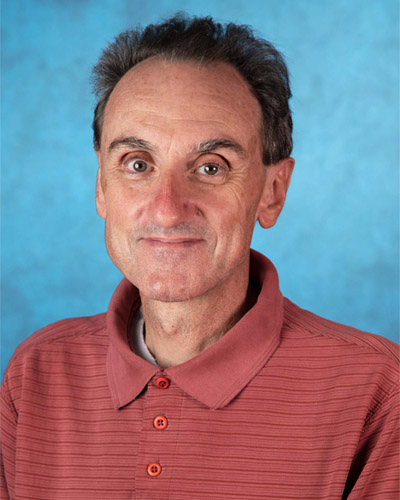
Lorenzo Brancaleon, Ph.D. ★
lorenzo.brancaleon@utsa.edu
Two main research areas include: (i) protein conformational changes induced by exogenous molecules: research investigates the binding of porphyrin-like photosensitizers to globular proteins (currently lactoglobulin and tubulin) and the effect of the irradiation of the porphyrin/protein complex on the conformation (secondary and tertiary) of the protein; and (ii) use of smart materials for the formation of coexisting phospholipid phases: investigating the deposition of phospholipid bilayers on highly epitaxial ferroelectric film.
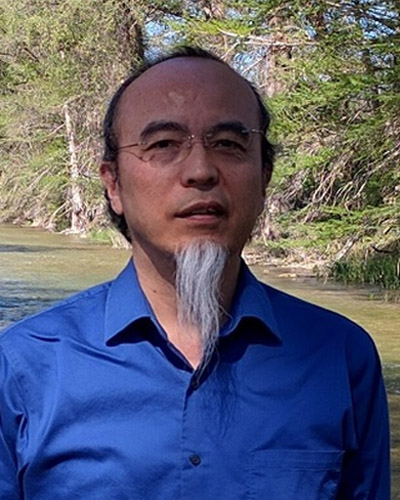
Liao Chen, Ph.D. ★
liao.chen@utsa.edu
Research focus includes: 1) Atomic force microscopy: current pursuit includes extensions and applications of this new formula into various biomolecules; 2) Molecular motors: current efforts are to build a three-dimensional multi-body model and to establish atomistic simulations for refining the model parameters; 3) Non-equilibrium statistical physics - Langevin dynamics (stochastic processes) is ubiquitous in materials physics, chemistry, and engineering. Yet its solution is very difficult to achieve for most problems of fundamental and practical importance. Base on its path integral formulation, systematic approximations and numerical methods are being developed for physical and biochemical systems; 4) Transition and reaction pathways: research efforts in this area are to compute fluctuations around the minimum energy path and to develop efficient algorithms for transition path sampling; and 5) Electronic transport in semiconductor nanostructures.
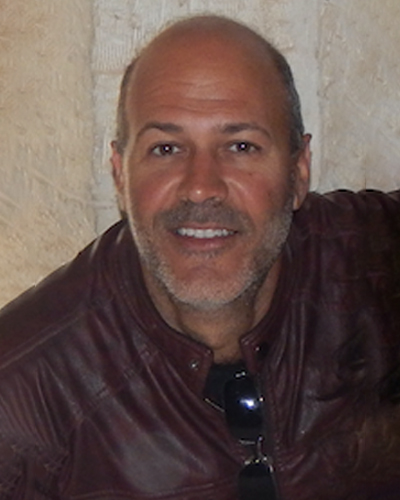
Marcelo Marucho, Ph.D. ★
marcelo.marucho@utsa.edu
Our research focuses on the development and application of new statistical mechanical theories and computational approaches combined with simulation techniques to describe physical phenomena in a broad range of applications relevant to chemistry, physics, biology and engineering. The areas of interest include the study of the molecular mechanisms governing ligand-receptor affinities and molecular recognition for elucidating the structure, function, and physiological roles of: 1) biomolecules immersed in aqueous environments; 2) ion diffusion and selectivity through realistic models of biological ion channel proteins; 3) nanoparticles interacting with surfaces (membranes); and 4) drug delivery therapies and aggregation of highly charged macroions.
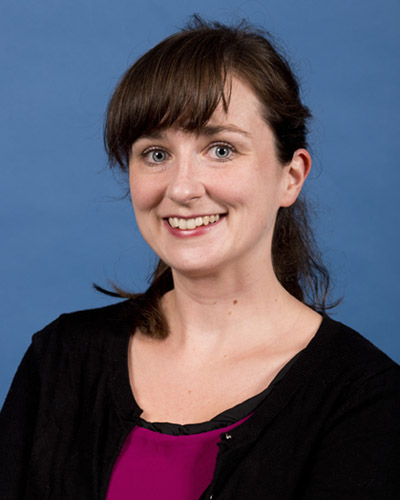
Kathryn Mayer, Ph.D. ★
kathryn.mayer@utsa.edu
Our lab uses optical techniques to study the bio-nano interface. In particular, we specialize in the detection and imaging of single molecules, and the interaction of molecules with metal surfaces. We are currently developing three major projects: 1) the use of ultra-sensitive localized surface plasmon resonance (LSPR) sensors to measure molecular binding and conformational changes on surfaces; 2) super-resolution microscopy studies of surface bound molecules, including nanoparticle-bound antibodies; and 3) single-molecule kinetics studies based upon microwell technology.
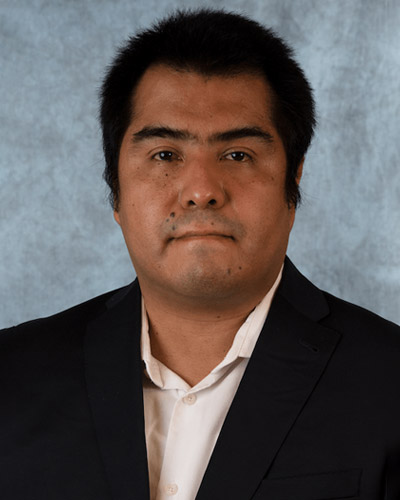
Jose Morales, Ph.D. (WSRTP only)
jose.morales4@utsa.edu
My work is related to the interdisciplinary connections between the mathematical models derived from Kinetic Theory, the non-equilibrium statistical mechanics of Quantum and (Semi-)Classical Physics phenomena, and their different computational modeling techniques. Current work encompasses, for example, Entropy-stable Discontinuous Galerkin schemes for Boltzmann-Poisson models of collisional electronic transport along energy bands, inverse problems in Electrochemistry solved via Bayesian Estimation and Multi-Objective Optimization techniques, Uncertainty Quantification in the Boltzmann-Poisson system for semiconductors, among others. Thus, this work has potential implications for pure research in Quantum Mechanics phenomena such as electron transport, for example, as well as for applied research in the context of nanotechnology and Li-ion batteries, with the aid of Computational Science.
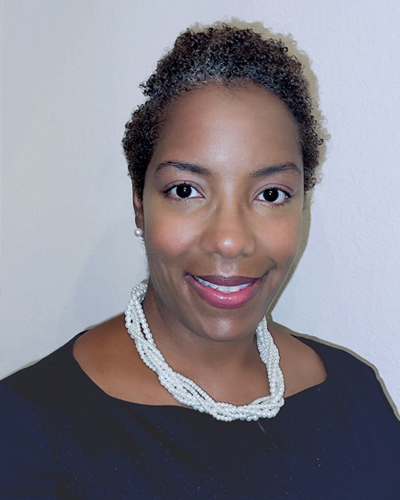
Kelly Nash, Ph.D. ★
kelly.nash@utsa.edu
Our group investigates various nanomaterials through their unique optical signatures. The goal is to understand the structure-function relationship of these materials through their unique optical signatures and responses in a variety of matrices. Our fabrication techniques include wet chemical synthesis and characterization techniques focus on optical spectroscopy. Additionally, we work with collaborators to establish unique applications for these materials, particularly in the area of biophotonics.
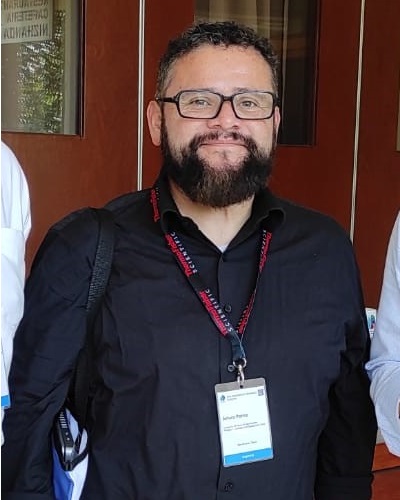
Arturo Ponce-Pedraza, Ph.D. ★
arturo.ponce@utsa.edu
My research is focused on the study of the crystalline structure of materials and their physical properties through transmission electron microscopy (TEM) and electron diffraction.

Michael Baumann, Ph.D. ★
michael.baumann@utsa.edu
Dr. Baumann's primary research streams involve studying how people work together in groups and when they do, or do not, work well (intra-group processes and group decision making), factors affecting the impressions people form of each other (impression formation), and how each of these is influenced by things like emotional state (effects of affect on decision making and behavior).

Edward Golob, Ph.D. ★
edward.golob@utsa.edu
Our lab studies aspects of hearing that are particularly important to humans, such as determining where a sound is coming from or recognizing speech and music. We examine how auditory processing is affected by attention, memory, and the relations between perception and action.
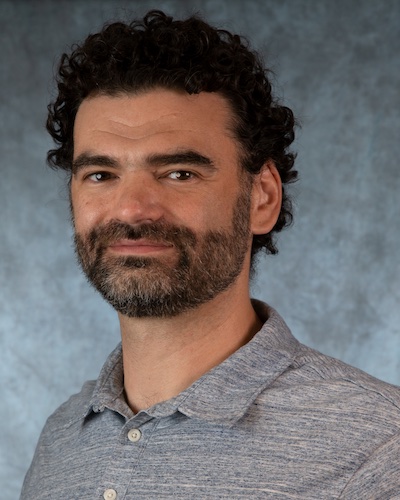
Joseph Houpt, Ph.D. ★
joseph.houpt@utsa.edu
Dr. Houpt specializes in mathematical cognitive modeling as a framework for both understanding the underlying processes and for measuring human perception and performance. He is particularly interested in research at the intersection of psychology and artificial intelligence.

Stella Lopez, Ph.D. ★
stella.lopez@utsa.edu
My research interests involve examining general processes involved in social perception, such as physical attractiveness, physical appearance, race, and gender. I also investigate these social perceptual factors in prejudice and stereotyping processes, social interactions, and attitudes. Other research areas include personality influences in social behavior and the dynamics of online social interactions. I also investigate the application of social psychological principles in the area of health-related attitudes and behaviors. Most recently, I am examining variables that affect or influence college students' performance in an academic setting (e.g., doing well in a traditionally difficult class).
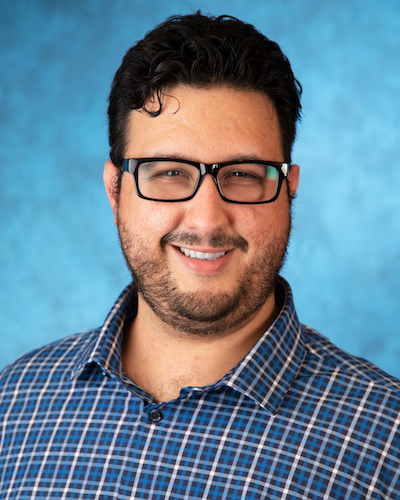
Alan Meca, Ph.D. ★
alan.meca@utsa.edu
Dr. Meca's research program focuses on identity development across various domains and on the links between identity and psychosocial functioning. Although he studies identity development broadly, the majority of his research has focused on cultural identity, particularly among Hispanic/Latinx youth.
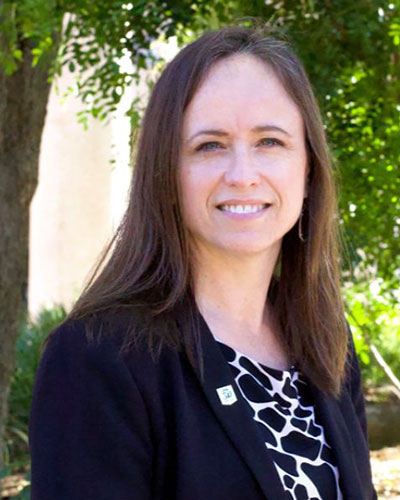
Sandra Morissette, Ph.D. (WSRTP only)
sandra.morissette@utsa.edu
Dr. Morissette's expertise is in studying trauma, anxiety, and addictive behaviors, with a particular interest in understanding factors that improve functional recovery in veterans who served in support of the wars in Iraq and Afghanistan.
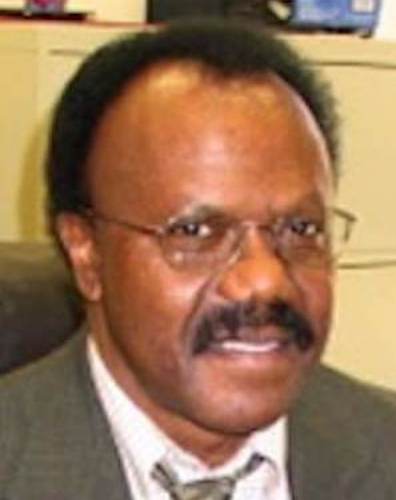
Augustine Osman, Ph.D. ★
augustine.osman@utsa.edu
Assessment of anxiety and mood disorders, suicide, pain, and eating disorders. Evidence based assessment. Psychometrics.
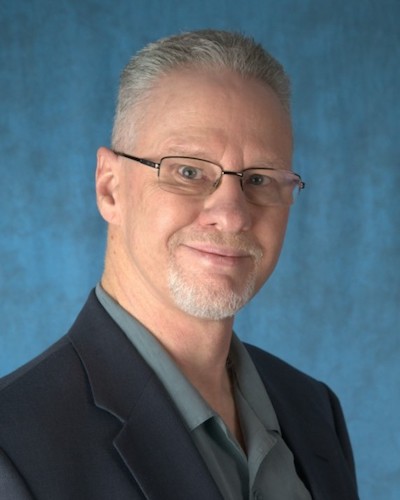
David Pillow, Ph.D. (WSRTP only)
david.pillow@utsa.edu
How individuals construe the self and negotiate identity in relationships, with concentrations regarding (a) the effects of an ADHD diagnosis and medication on self-evaluation and (b) perceptions of belongingness versus exclusion.
Alicia Swan, Ph.D. (WSRTP only)
alicia.swan@utsa.edu
My body of research focuses on the relationship between the brain and the behavioral phenomena it influences. I'm an experienced Behavioral Neuroscientist with a wide breadth of knowledge in behavioral modeling and assessment in both animal and human models and paradigms. My current work focuses on health outcomes in Post-9/11 Veterans, particularly those associated with traumatic brain injury, sensory dysfunction, cognitive disorders, and complex comorbidity patterns.
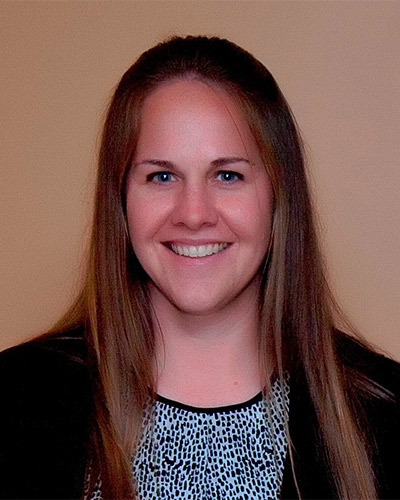
Rebecca Weston, Ph.D. (WSRTP only)
rebecca.weston@utsa.edu
Interpersonal violence; influences of victimization on women's health.

